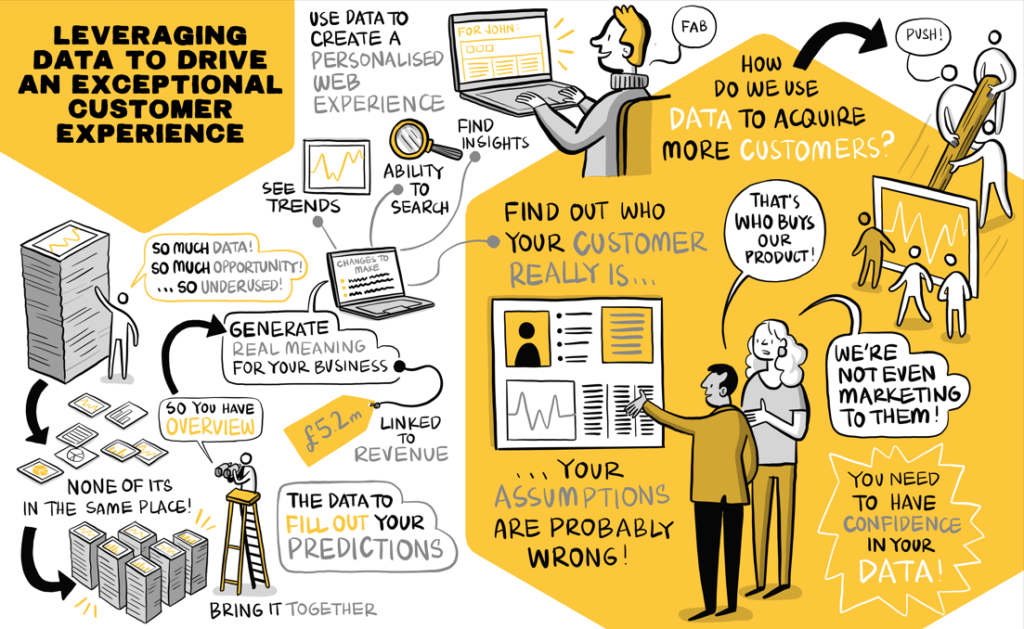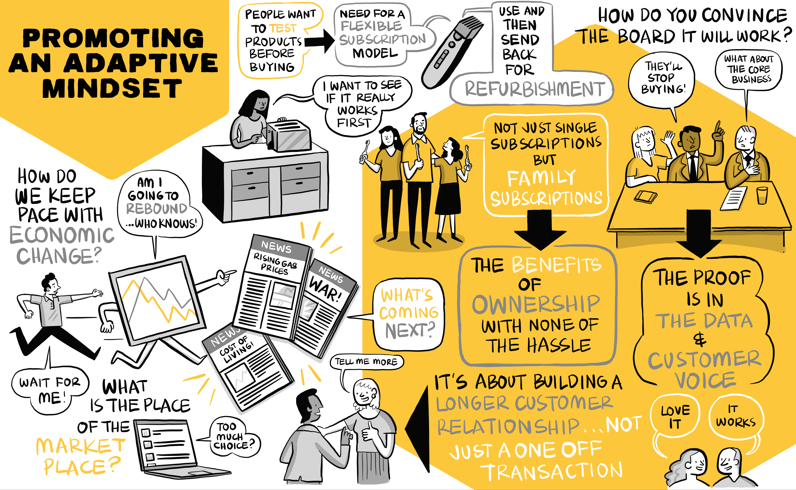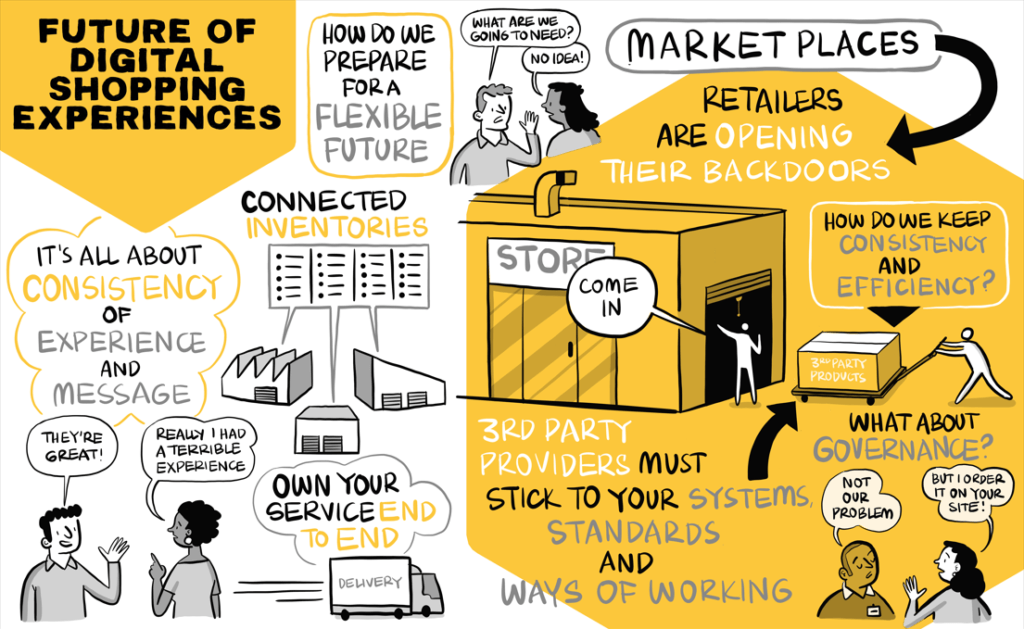Don’t let yourself fall victim to a sub-par CX
Intelligent product discovery, AI-driven recommendations, a slick and seamless eCommerce experience, and state-of-the-art, in-store technologies are all made redundant if your post-purchase CX isn’t up to scratch. Limited or inconvenient delivery options, infrequent communications or inaccessible channels, and convoluted returns processes are regular customer complaints—leaving them feeling out of control, undervalued, and underwhelmed.
On the flip side, an exceptional post-purchase experience can turbocharge customer retention, loyalty, and LTV.
It’s a pain point we’re hearing about more and more during conversations with our members. As a result, post-purchase CX will be one of the main roundtable discussion topics at our upcoming RetailFest UK meeting on the 22nd of June—where leading retailers will unpack CX, technology and eCommerce, digital marketing, and sustainability.
Ahead of then, we’ve put together three top tips for post-purchase success, which we’ll be expanding on throughout the meeting…
Tip 1: Leverage Data
Data plays a monumental role in both acquiring new customers and retaining current ones, and when leveraged effectively, has the power to transform first-time shoppers into brand advocates.
It enables retailers to learn all about their customer, rather than act on basic assumptions, and have confidence in their decision making. As for the post-purchase experience, data can facilitate personalised email communication, unique product recommendations, and tailored discounts.
From an order fulfilment perspective, it allows brands to keep track of out-of-stock items, prepare for seasonal demand, manage system failure with ease, and reliably predict delivery times—providing customers with accurate and reassuring updates along the way. There’s no worse feeling than purchasing an item online, then being told it isn’t currently in stock!
Retailers can also use data to spot trends in common post-purchase issues, such as regularly missed deliveries or spikes in customer service contacts. More data = more actionable insights.
A cookie-less world is just around the corner, meaning that data will no longer be within easy reach, but all the more valuable to retailers. Use this wisely.

Illustrating a roundtable discussion at one of our most recent Exchange meetings, moderated by Ometria

Key insights shared by our members and Stripe
Tip 2: Be Adaptive
Brexit, coupled with the recent pandemic and consequent cost of living crisis, has been difficult for many retailers to navigate in the last few years. However, having an adaptive culture and mindset enables brands to turn certain challenges into opportunities for growth.
Giving customers the option to test products, or having flexible subscription models in place (e.g., single and family models) can help brands to keep up with consumer behaviours and the pace of economic change.
During international expansion, listen to local team members who are familiar with the area and market. Having trust in employees, as well as a hyper-local approach to international fulfilment, operations and marketing are key to post-purchase success. Be mindful of the fact that customers around the world have different expectations.
Remember: it’s about building a long-lasting customer relationship, not just a one-off transaction! Know your customer like the back of your hand, and be able to adapt to varying wants and needs.
Tip 3: Future-Proof Your Brand
The future is digital, so retailers are turning their attention to innovative technological solutions.
This is particularly true in the case of brands that are looking to expand into international markets, namely China. Around 80% of purchases on Tmall are assisted by pre-sale customer support, and instant chat tools are seen as an essential component of the post-purchase journey to maintain premium customer service. 1-1, video consultations are especially popular in China. Shoppers can also virtually try on alternative items or book maintenance appointments online—something that was once reserved for in-store customers.
It’s important to select the right carriers and delivery partners, who should be viewed as an extension of the brand. If they do a great job, brands are usually given the credit by customers. If they do a bad job, the blame is often passed to retailers.
Third-party providers need to be on the same page as retailers and willing to stick to their systems, standards, and individual ways of working. 3PLs must provide high-quality physical operations, from picking and packing to order tracking, deliveries, and returns. Be scrupulous when choosing providers.

Capturing a treasure trove of takeaways from our members and Salesforce
Don’t Miss Out!








